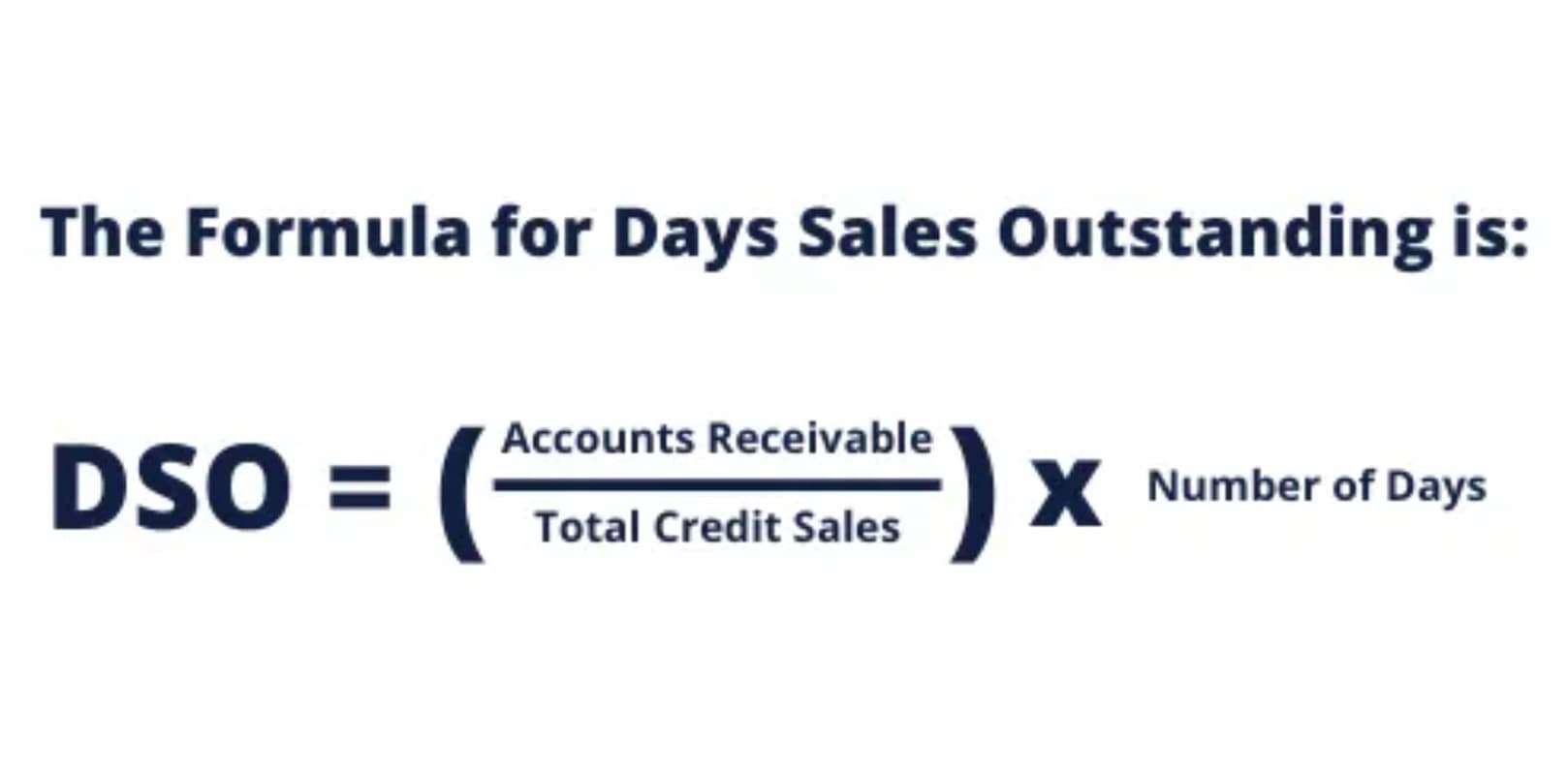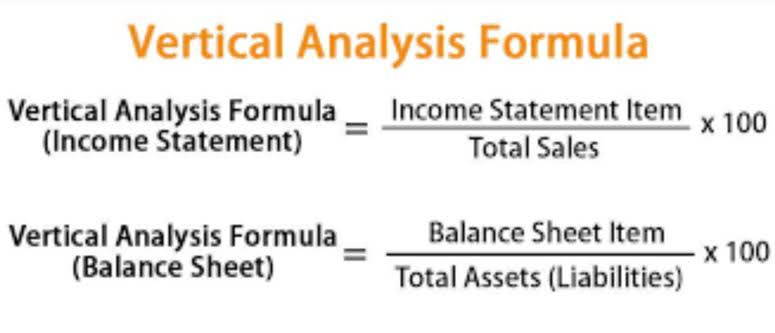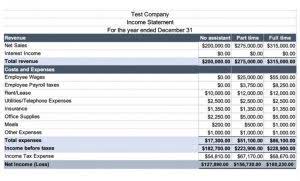
It’s only permitted in the United States and assumes that the most recent items placed into your inventory are the first items sold. Under LIFO, you’ll leave your old inventory costs on your balance sheet and expense the latest inventory costs in the cost of goods sold (COGS) calculation first. While the LIFO method may lower profits for your business, it can also minimize your taxable income. As long as your inventory costs increase over time, you can enjoy substantial tax savings. The average cost is a third accounting method that calculates inventory cost as the total cost of inventory divided by total units purchased.
LIFO and FIFO: Taxes

It’s also essential to consider the long-term implications of your choice. FIFO is generally simpler to manage and complies with both GAAP and IFRS, making it a safer choice for international businesses. LIFO, while not accepted under IFRS, can be advantageous for U.S.-based companies looking to optimize their tax strategy during periods of inflation.
- Thus, goods purchased earlier were normally bought at a lower cost than goods purchased later.
- Many, or all, of the products featured on this page are from our advertising partners who compensate us when you take certain actions on our website or click to take an action on their website.
- Specialties include general financial planning, career development, lending, retirement, tax preparation, and credit.
- This approach can significantly impact your financial statements and tax obligations.
- FIFO is an accounting method that assumes that the first items purchased or received are the first to be sold or used.
FIFO vs. LIFO: Comparing Inventory Valuation Methods
- It’s only permitted in the United States and assumes that the most recent items placed into your inventory are the first items sold.
- This can result in substantial tax savings, improving cash flow and offering more financial flexibility.
- All costs are posted to the cost of goods sold account, and ending inventory has a zero balance.
- As with FIFO, if the price to acquire the products in inventory fluctuates during the specific time period you are calculating COGS for, that has to be taken into account.
- There are a number of ways you can value your inventory, and choosing the best inventory valuation method for your business depends on a variety of factors.
For example, a company that sells seafood products would not realistically use their newly-acquired inventory first in selling and shipping their products. In other words, the seafood company would never leave their oldest inventory sitting idle since the food could spoil, leading to losses. You should also know that Generally Accepted Accounting Principles (GAAP) allow businesses to use FIFO or LIFO methods.

Differences Between FIFO and LIFO

Learn https://www.bookstime.com/ financial statement modeling, DCF, M&A, LBO, Comps and Excel shortcuts. Our popular accounting course is designed for those with no accounting background or those seeking a refresher. The formula to calculate the earnings per share (EPS) metric, on a fully diluted basis, is as follows.

Inventory valuation using LIFO

The first in, first out (FIFO) cost method assumes that the oldest inventory items are sold first, while the last in, first out method (LIFO) states that the newest items are sold first. The inventory valuation method that you choose affects cost of goods sold, sales, and retained earnings balance sheet profits. Another inventory cost accounting method that is also widely used by both public vs. private companies is the Average Cost method. The last in, first out (LIFO) accounting method assumes that the latest items bought are the first items to be sold. With this accounting technique, the costs of the oldest products will be reported as inventory.
FIFO vs. LIFO Accounting: What is the Difference?
Managing inventory can help a company control and forecast its earnings. Conversely, not knowing how to use lifo formula inventory to its advantage, can prevent a company from operating efficiently. For investors, inventory can be one of the most important items to analyze because it can provide insight into what’s happening with a company’s core business. The company made inventory purchases each month for Q1 for a total of 3,000 units.
